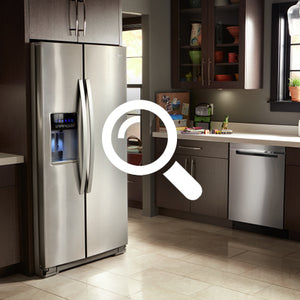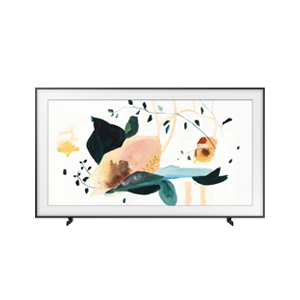What would you say to the “plant killers” out there? Can anyone become a successful plant parent?
I love this question because my social media is all about empowering aspiring plant lovers to "turn their black thumb into a green thumb."
A common mistake I see most beginner plant owners make is overwatering (or the other end of the spectrum; total neglect). They want so desperately to keep their new plant alive that they water it constantly and end up drowning it! Becoming a plant parent is all about being in tune with your plant's needs, educating yourself on some basic plant care, and being okay with a few failures along the way.
Are there any plants that you recommend for a beginner? How about someone who has been living with plants for a while and wants to expand their plant family?
My top beginner plant is a snake plant because not only is it visually striking, it’s also very easy to care for. It doesn't require a lot of light and only needs to be watered about once a month! A few other easy care plants include pothos, zz (Zamioculcas zamiifolia), and spider plant.
If you're looking for more of a challenge, I recommend an olive tree (which likes a lot of water, high sun, and doesn't like being moved), or an asparagus fern which grows quickly if given plenty of water via bottom watering.
Where do you recommend people purchase their plants? Is there anything to look for or avoid?
There are various places for people to purchase their plants and each have their pros and cons. Greenhouses are a great option as they often have a great range of plants, very knowledgeable staff, and a beautiful shopping experience. The downside is often the prices can be higher.
Big box hardware stores are another option and can have very affordable plants. The downside here is that availability is more unpredictable, and staff may not be able to help guide you in your purchasing process.
When buying at either option, be sure to inspect your new plant for any signs of pests, etc. A good rule of thumb is to quarantine your plant for a month or two after bringing it home to ensure no pests spread to any of your current plant babies.
Can you share your top tips for someone who is thinking about bringing home their first plant(s)?
Be sure that your home will be able to support the light needs that your plant requires. Do a bit of research prior to bringing it home.
When you bring home your new plant baby, resist the urge to repot for a month or two at least. A new plant can be shocked by the transition and repotting early or in winter is a common mistake.
What are some other mistakes you see both beginner and seasoned plant people making?
The top mistakes that beginners make are overwatering—not letting the plant dry out well between waterings—and improper repotting. Repotting without proper drainage or potting into too large of a pot often cause issues for plants.
Even seasoned plant people make mistakes, too—it's all part of the learning process! If you’re struggling with overwatering, I have found a moisture meter is an awesome tool to help determine if the plant needs water.










